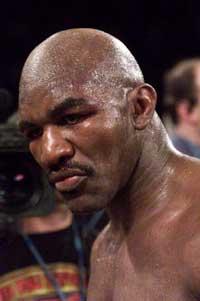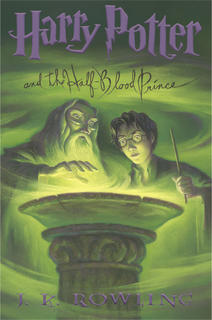
Yes, it’s that fast. And it can be that effective. Welcome to speed dating, the world (and Delhi’s) latest way of finding the right partner. Delhi Times on dating in the time of stopwatches...
Can you date 20 partners in less than an hour without fear of rejection, awkward silences and clock-watching? No one’s so lucky to have this kind of a privilege? Wait. It’s possible if you pay Rs 2,000 and participate in a speed dating event. ‘‘Speed dating, for the uninitiated, is meant for singletons in the fast lane of careers who don’t have enough time to socialise and find dates,’’ says Maria Arif, founder of a speed dating agency in Delhi.
Need for speedPriyanka Chawla, an executive with a BPO firm, relies on speed dating. ‘‘I’ve been looking for Mr Right for a long time but because of the hectic schedules of my profession, I have neither the time nor the opportunity to meet a suitable partner. Last but not the least, my co-workers are either married or too young for me!’’
Done in 180 sec!But is a mere three minutes sufficient to know a person? ‘‘Yes, you know a person not by grilling him endlessly for hours, but instinctively by the way he/she talks and behaves,’’ says Jennifer Zorensiami, fashion designer. According to Maria: ‘‘It is scientifically proven that you can decide in three minutes, and quite accurately at that, whether you want to meet a person once again after the initial meeting.’’
Indian contextFor MBA student Niti, speed dating is at best a fun experience with no long-term commitments. ‘‘You can’t understand a person in 30 years, how can you find a soulmate in three minutes? Still, it’s a matter of luck and anything is possible.’’ That’s precisely why speed dating is a popular phenomenon in the West. Sceptics here, though, ask: is speed dating suitable for Indian society? ‘‘Yes, why not? Speed dating is particularly convenient for the urban Indian woman as she is a busy professional with no time for love. Unlike her Western counterpart, the single Indian woman can’t go to a bar and chat up a guy without being misunderstood. Speed dating gives her an opportunity to meet many like-minded people at one venue in a controlled environment,’’ says Gary.
According to Maria: ‘‘Anyone who says speed dating goes against Indian society is being hypocritical. Speed dating is just a harmless platform for single men and women of the same professional wavelength to meet and forge a friendship, possibly for life. Whether you agree with this explanation or not,the response to the concept of quickie dates is overwhelming in India.For instance,we got around 1,000 respondents to our ad — meaning that not all of them could be selected for our event. Aspiring speed daters had to be screened and categorised according to their age, profession, income and hobbies.’’
Fast can lastSo what are the chances of speed dating leading to a walk down the aisle? ‘‘The concept of speed dating is ideal for today’s fast-paced life as it brings together 20-40 eligible single men and women and allows them to have three-minute conversation with each other. If a speed dater likes a person, he/she can set up dates with that person and take the relationship forward,’’ says Gary, organiser of speed dating events. The bottomline is speed dating works — atleast Sumit Sethi, a DJ, believes it can.‘‘I’ve got four proposals from a single speed-dating event and have to decide which girl to accept.’’ Even as Sumit is saying this, a girl in red top, apparently one of the four, comes up to him with a mug of beer in hand.‘‘At 3 pm tomorrow,’’ she says. Sumit nods. It works!
Evolution of speed datingSpeed dating was born at a Torah class in Los Angeles as the brainchild of Rabbi Yaacov Deyo, educational director of Aish HaTorah, a Jewish resource group in LA with branches across the world.Aish Ha-Torah owns the service mark SpeedDating.
Rabbi Deyo and his students formulated the concept of a speed date to help Jewish singles meet and marry.According to a speed dating website, the goal of the programme is to ‘‘directly facilitate Jewish continuity by helping Jews meet Jews.’’ From its LA origin in the 1990s, the speed-dating idea lost its religious characteristic and spread throughout the world.






